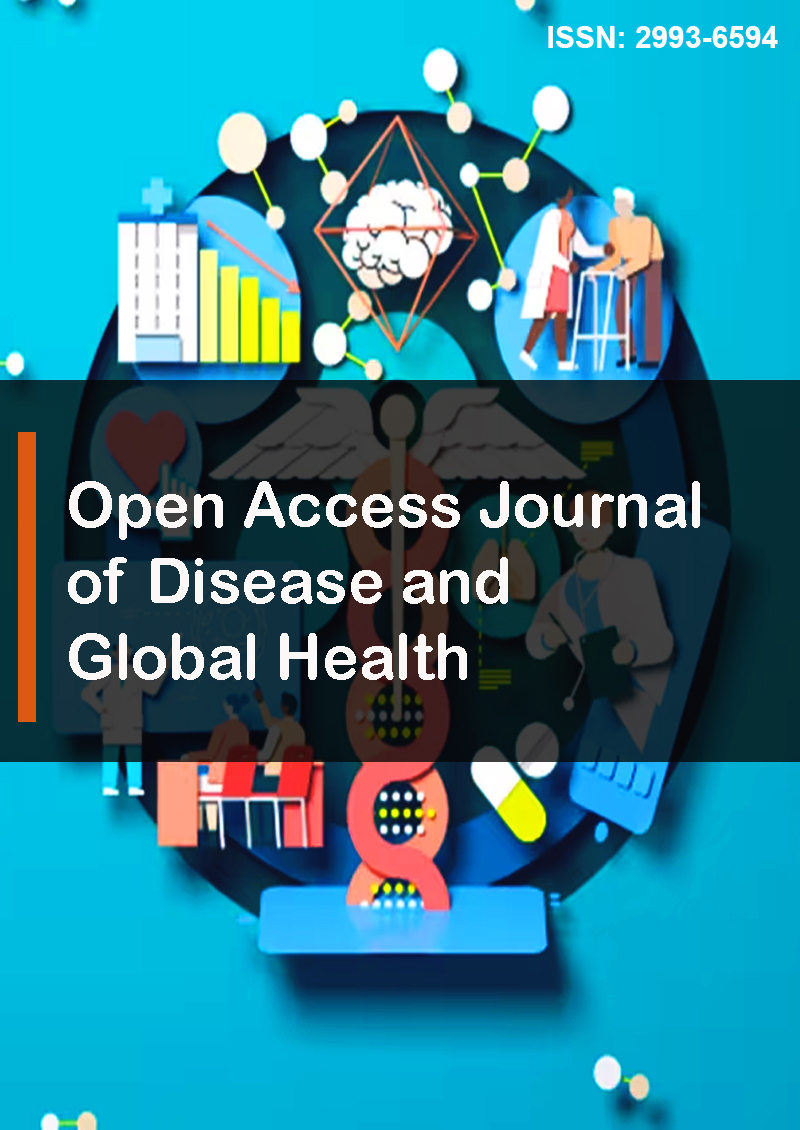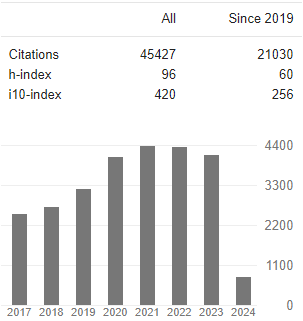Prevalence of Hepatitis B Virus Infection and Associated Factors among Pregnant Women Attending Antenatal Care at Wolaita Sodo University Comprehensive and Specialized Hospital, Southern Ethiopia, 2024: an Institution Based Cross-Sectional Study
Abstract
Addisu Urmale, Okaso Orkaido, Abel Mesfin, Amanuel Elias and Zenebe Jebero
Background: The hepatitis B virus is a DNA virus that specifically targets the liver, leading to the immune system destroying infected liver cells. Approximately 1.45 million people die each year due to hepatitis B virus infections. Earlier research on hepatitis B infections utilized focused antenatal care the four visits, whereas the World Health Organization now advises eight antenatal care visits. Furthermore, previous studies did not consider factors such as the number of antenatal care visits.
Objectives: The aim of this study was to assess prevalence of hepatitis B virus infection and associated factors among pregnant women attending antenatal care at Wolaita Sodo University Comprehensive and Specialized Hospital, Southern Ethiopia 2024.
Methods: An institutional-based cross-sectional study design was conducted from August 1 to 30, 2024. A systematic random sampling technique was used to select 393 study participants. Data was cleaned and entered to Epidata version 3.1 and were exported to SPSS version 26.0 software for analysis. Variables with p < 0.25 from the simple binary logistic regression were entered into a multivariable logistic regression model. P-value < 0.05 with 95% CI was considered to declare a result as a statistically significant association. Descriptive statistic was used to describe the data in form of text, tables, and charts.
Results: In this study the prevalence of hepatitis B virus infection among pregnant mothers was 5.9% in Wolaita Sodo University Comprehensive and Specialized Hospital. being unmarried [AOR (0.18), 95% CI (0.07, 0.48); p-value (0.001)], having history of abortion [AOR (4.8), 95% CI: 1.39, 16.23); p-value (0.013)], tattooing [AOR (11.9), 95% CI (3.42, 41.39); p-value (0.000)], and residence [AOR (7.6), 95% CI (1.36, 42.3); p-value (0.021)] had statistically significant association with positivity of HBV infection.
Conclusions: Sero-prevalence in study area among pregnant women shows intermediate endemicity. In this study tattooing and having abortion are modifiable factors associated with HBV. Interventions should be targeted on those modifiable and non- modifiable variables by all concerned bodies.




